This yr marks the fiftieth anniversary of the Intel 4004, the world’s first microprocessor and an engineering achievement that continues to evolve at a blistering tempo. Using the success of Moore’s Legislation and Dennard’s scaling, the computer systems of as we speak dwarf the breakthroughs of yesteryear’s processors. Actually, the cell phone or pill you might be utilizing now has extra computing capabilities than the supercomputers on the flip of the century. Fuse that processing energy with the meteoric rise of machine studying and different algorithmic breakthroughs, and we’re about to enter what the 2017 Turing Award winners name, “A New Golden Age of Pc Structure.”
Arriving at this level although was no straightforward feat. Over the previous few many years, probably the most good minds in physics, laptop structure, and software program design wanted to band collectively to harness and management the classical properties of electrons for computations. Collectively, they constructed a whole ecosystem round billions of digital 0s and 1s, spanning the complete stack from algorithms to compilers to microprocessors to digital gates.
What we would take without any consideration when booting up our high-end PCs or repeatedly checking our cellphone is the fruits of many years of analysis, implementation, and iteration, and can probably proceed into the foreseeable future.
Or will it?
Quantum computer systems are starting to emerge in lots of business and analysis labs (IBM, Intel, Microsoft, Google, to call a couple of). Governments are pouring funding into quantum computing analysis throughout many nations. The variety of quantum bits (or qubits) in these machines appear to extend each time a brand new prototype is introduced. Is it solely a matter of time till we now have these highly effective machines on the finish of our fingertips?
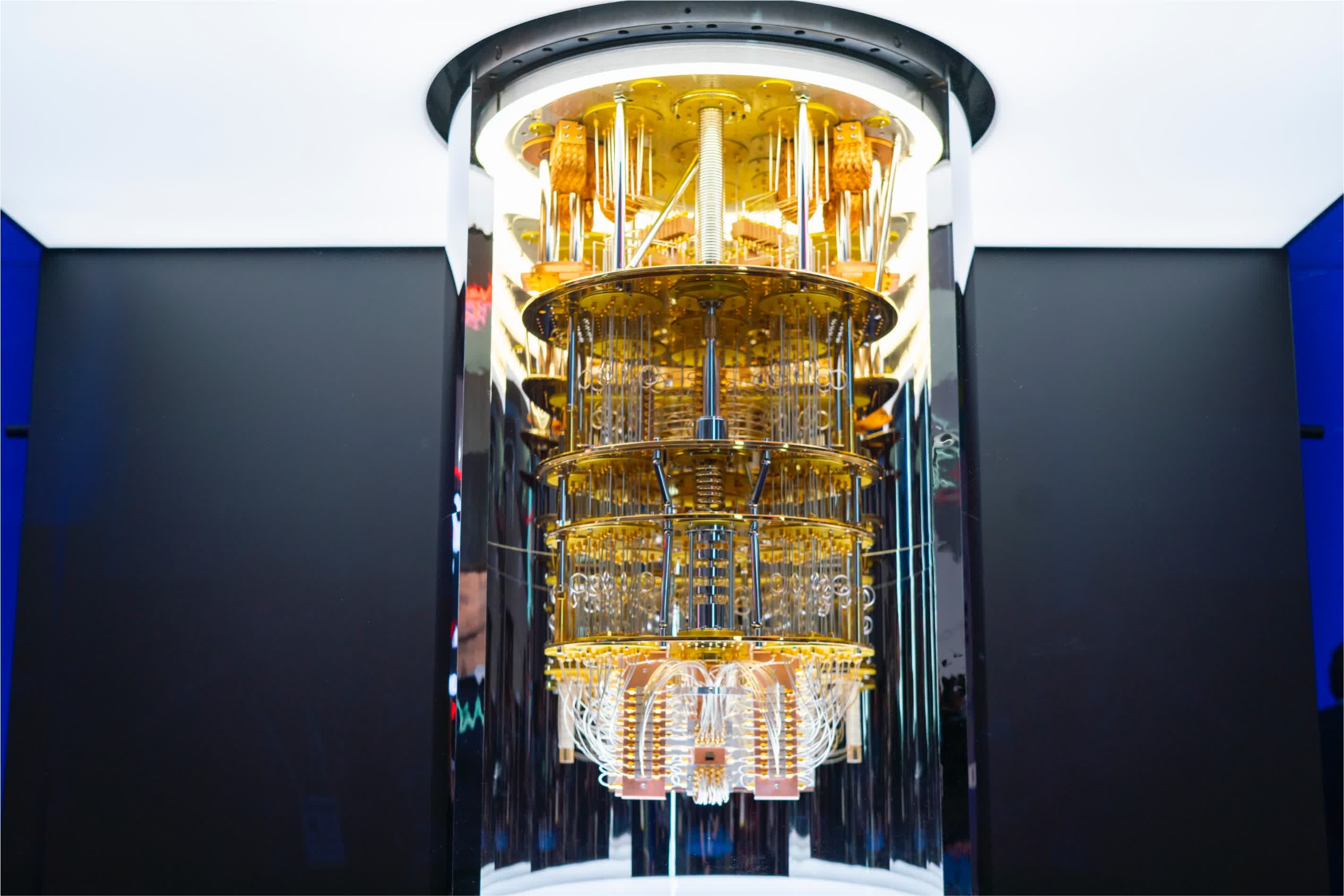
Quantum computing {hardware}:
IBM (above) and Microsoft (beneath)
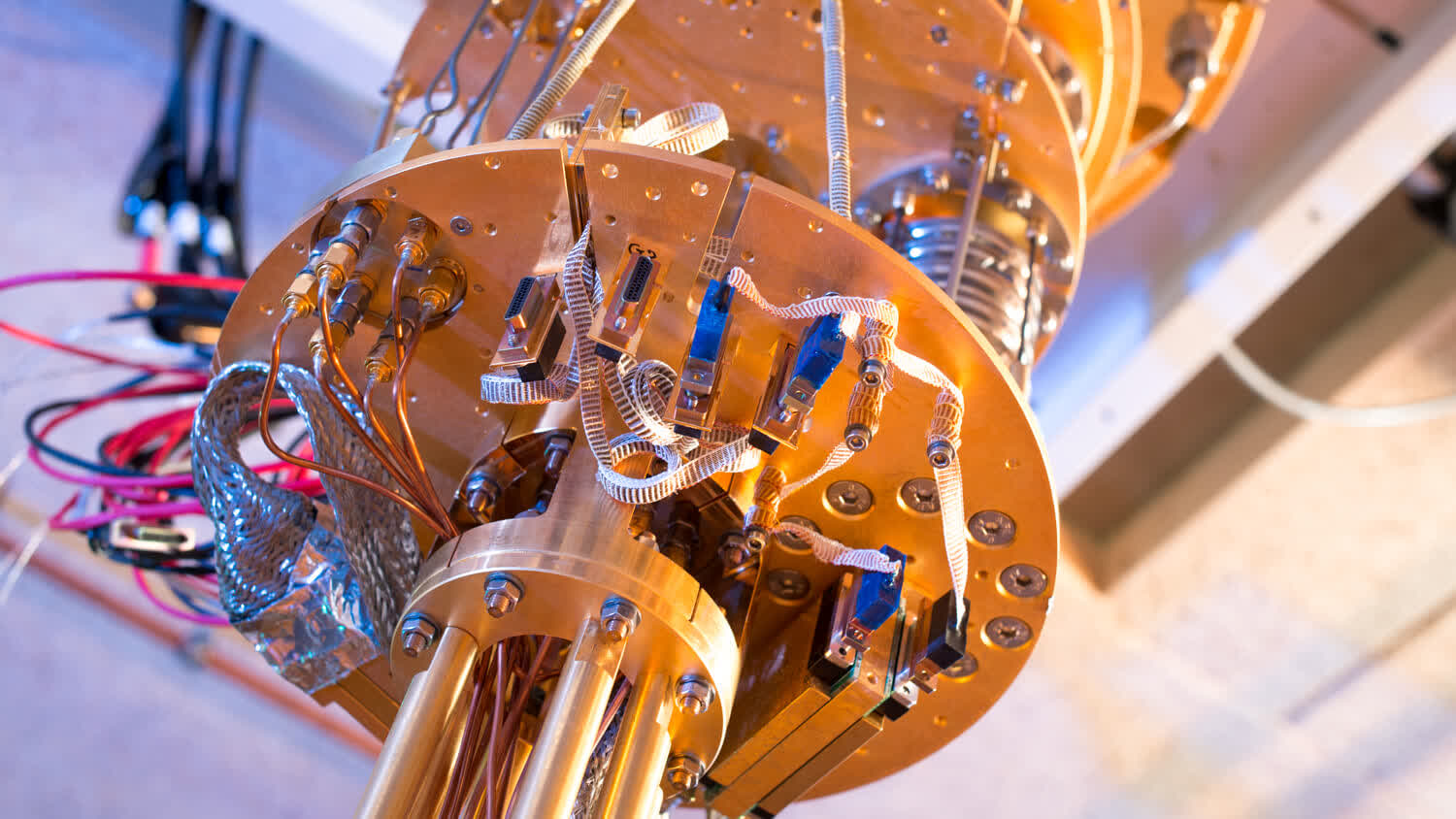
Effectively, not fairly. Within the time-scale of occasions, we’re in all probability nonetheless within the vacuum-tube period equal for quantum computer systems. Techniques researchers name this the “noisy intermediate-scale quantum” (NISQ, pronounced much like “RISC” and “CISC”) period, the place quantum processors are starting to point out promise for computational superiority for sure issues, however function in a really noisy regime that could be very vulnerable to errors. With the intention to attain the wide-scale adoption that classical computer systems get pleasure from, much more improvements and methods should be developed and applied throughout the stack, much like the classical computing evolution.
On the identical time, quantum computer systems will probably not exchange traditional machines, however as a substitute work alongside classical computer systems to speed up sure purposes. That is analogous to how GPUs as we speak are generally used to speed up graphics and pixel manipulations. To that finish, quantum computing {hardware} is often known as QPUs, or quantum processing items, and are/might be managed by a bunch processor resembling a CPU. Actually, a quantum algorithm usually includes traditional pre- or post-processing, and can should be architected in such a strategy to function as a co-processor with classical methods.
Simply as scientists and practitioners got here collectively to steer us into our present Data Age, they need to achieve this once more for quantum computer systems. This time, nevertheless, somewhat than harnessing and taming the classical properties of electrons, the problem is to manage the quantum properties of our universe and leverage that for computing.
This quantum journey will take us again even earlier within the twentieth century, again to the mental disagreements between Albert Einstein and Niels Bohr in regards to the nature of the bodily world all of us dwell in.
TL;DR:
Quantum Computing Defined in 2 Minutes…
Trendy computer systems use solely 2 states: on and off (1 and 0). Now we have exploited these capabilities to make logical operations at scale, the place trendy processors can execute billions of such operations per second.
Quantum computing shifts the paradigm and works on the rules of quantum mechanics, the place states are now not binary and might be 1 AND 0 on the identical time. The research of quantum computing is within the very early phases, and calculations we are able to make as we speak are unstable and vulnerable to errors. It’s believed that within the coming years and many years, quantum computing capabilities will far outpace what we are able to do with “classical” computer systems, significantly to resolve sure computational issues that are very difficult with as we speak’s processors.
However, after all, that is barely greedy the fundamentals. Learn on as we clarify this fascinating matter.
Understanding the “Quantum” of Quantum Computer systems
Earlier than diving into how quantum computer systems work, a short primer on the quantum nature of particles is required. Quantum properties differ drastically from classical properties, and it’s these properties particularly which give quantum computer systems with their “highly effective” compute capabilities. As an alternative of deriving the formulae which govern quantum computer systems, we attempt to grasp a conceptual understanding of quantum properties right here which assist gas quantum computer systems.
A Historic Walkthrough
In 1927, the Solvay Convention passed off in Brussels, Belgium. The best physicists of the time got here collectively to debate the foundations of the newly fashioned quantum principle. 17 of the 29 attendees had been or turned Nobel Prize winners. On the heart of this historic convention had been two minds with conflicting viewpoints: Niels Bohr, the champion of the newly fashioned quantum principle, and Albert Einstein, who was set on debunking quantum principle as “simply plain fallacious.”

All through the weeklong convention, Einstein would hurl challenges and thought experiments at Bohr, content material on discovering flaws within the quantum principle. Every single day, Bohr and colleagues would research every problem and supply a rebuttal to Einstein by breakfast the subsequent morning. Bohr even used Einstein’s Idea of Relativity towards him on one event. On the finish of the convention, it was thought that Bohr had gained the argument, offering a counterargument to each certainly one of Einstein’s challenges.
Einstein, nevertheless, was nonetheless not satisfied. Regardless of Bohr’s responses, Einstein now believed that quantum principle have to be lacking one thing. In 1933, Einstein settled in Princeton, NJ, and recruited Nathan Rosan and Boris Podelsky to discover a potential flaw in quantum mechanics. Working collectively, they uncovered a paradox within the arithmetic of quantum physics! The Einstein-Podolsky-Rosen Paradox (or the EPR paradox) discovered a seemingly unimaginable connection between particles. Particularly, they discovered that two particles at a distance can present correlated and matching conduct in the true world.
For instance, think about two particles every hidden beneath a separate cup separated by a distance (e.g., one meter). In line with the arithmetic, uncovering and searching on the particle beneath one of many cups would mysteriously reveal the opposite particle beneath the second cup with matching properties. Einstein famously referred to as this, “spooky motion at a distance.” Actually, the EPR paradox paper was probably the most referenced work by Einstein, and lots of physicists and experimentalists tried to deal with and clarify the paradox in later years. Was there an experiment that would show whether or not Einstein or Bohr was appropriate?
Regardless of this one (albeit, massive) wrinkle within the stunning equations of quantum mechanics, quantum principle nonetheless took off. The Manhattan venture within the Nineteen Forties, the invention of lasers, and even the event of transistors (the constructing blocks of classical computer systems) have all been constructed on the “hypothesis” that quantum principle is appropriate. It was not till the Sixties that the problem of quantum entanglement was truly answered.
Quantum Entanglement
Whereas scientific discoveries based mostly on quantum mechanics continued to emerge, the theoretical challenges posed by the EPR paradox stumped many physicists for many years. Notoriously so, that excited about quantum acquired folks kicked out of physics departments! John Bell nevertheless, a physicist from Northern Eire, was perplexed sufficient in regards to the EPR paradox, that he determined to tinker with it in his spare time whereas working as a particle physicist at CERN in Geneva as his “day job.”
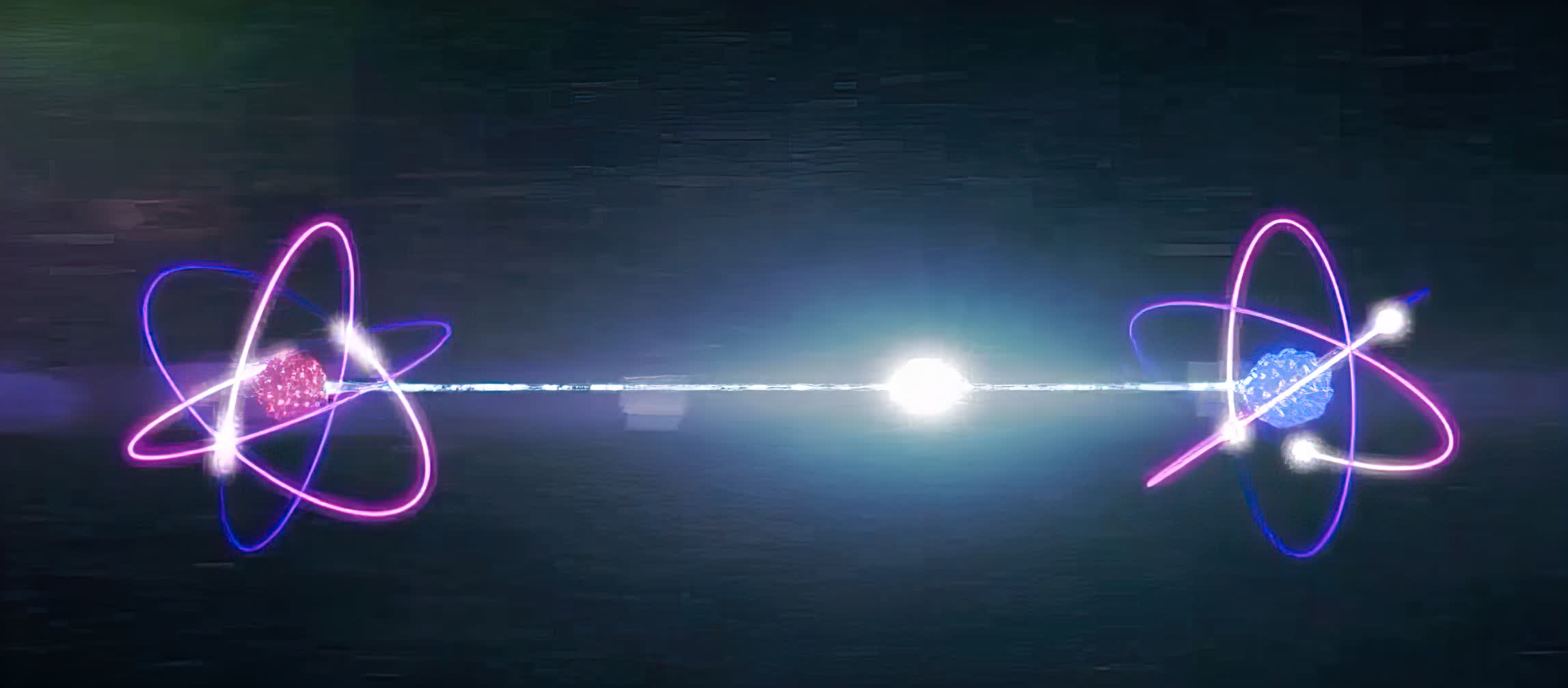
In 1964, Bell revealed a paper referred to as, “On the Einstein-Podolsky-Rosen Paradox”, the place he was in a position to show that Einstein and Bohr’s equations made completely different predictions! In hindsight, this was a particularly revolutionary paper within the historical past of physics. But, as historical past would have it, it was revealed in slightly recognized scientific journal (that will ultimately even fold a couple of years later), solely to gather mud on the shelf.
That’s, till it landed on the desk of John Clauser in 1972 by likelihood. Clauser completely beloved the paper, however thought, “the place is the experimental proof to again this up?” He determined to work on an experiment to check it.

Working at UC Berkeley with Stuart Freedman and utilizing the not too long ago found lasers, the setup was easy: shine a laser at a supply of calcium atoms, which might emit a pair of photons which (in response to quantum principle) needs to be entangled. They measured the photons utilizing a detector behind a filter, and checked whether or not the photons had been correlated once they handed via the filter or not. To the amazement of many, it matched Bohr’s predictions, illustrating that the “spooky” connection between the photons did match as much as the experimental outcomes.
Not everybody, nevertheless, absolutely believed this experiment. Some argued that the filters won’t have been really random, and will affect the measurements taken through the experiment. In 2017 although, a full blown cosmic Bell Check was carried out. This time, physicists from the College of Vienna designed an analogous experiment because the 1974 model, however used mild from two quasars which might be 8 billion years previous to manage filters on two telescopes for the experiment. The outcomes confirmed an analogous final result: particles at a distance are, actually, entangled.
Herein lies a elementary idea behind how quantum computer systems work. The elemental parts of recent day computer systems are “bits”, which when strung collectively can encode data and carry out computations. However, quantum bits (or qubits) are literally entangled with each other. Manipulating one qubit may very well have an effect on one other qubit within the system. Such entangled conduct might be extraordinarily expressive when it comes to the quantity of knowledge that may be saved and manipulated. As you possibly can think about although, there’s nonetheless extra quantum physics that wants untangling for quantum computer systems to be realized.
Quantum Superposition
Quantum entanglement is just one a part of the equation which makes quantum computer systems essentially completely different from their traditional counterparts. The opposite essential idea is that of quantum superposition. This precept says {that a} quantum particle can exist in a number of, superimposed states on the identical time till it’s measured.
Let’s unpack the second a part of that assertion first, relating to measurements of a quantum particle. This property is normally extra related to the Austrian physicist, Erwin Schrödinger, and his theoretical thought experiment a few cat in a field. In easy phrases, Schrödinger acknowledged that for those who place a cat and one thing that would kill the cat (a radioactive atom) in a field and sealed it, you wouldn’t know if the cat was lifeless or alive till you opened the field, in order that till the field was opened, the cat was (in a way) each “lifeless and alive.”
Extra broadly, there’s a non-negligible chance that the cat is lifeless, and likewise a non-negligible chance that the cat is alive whereas the field is closed. Solely when you open the field would you make sure if the cat is definitely lifeless or alive, however at that time the “system” is damaged by taking a measurement.
For a extra technical instance: A single, classical bit might be in solely certainly one of two attainable values: a 0 or a 1. A quantum bit might be partially 0 and partially 1 on the identical time, extra formally referred to as a superposition of the 2 values. Thus, earlier than measurement, a quantum bit can (for instance) be 25% 0 and 75% 1. As soon as measured, nevertheless, the worth noticed can be both a 0 or a 1 (not each). Probabilistically, for those who had been to carry out tons of of hundreds of measurements on this qubit, you’ll anticipate it to be 0 for 25% of the measurements, and 1 for the remaining 75% of the measurements. With out measurement although, it really is in a state of superposition of each 0 and 1.
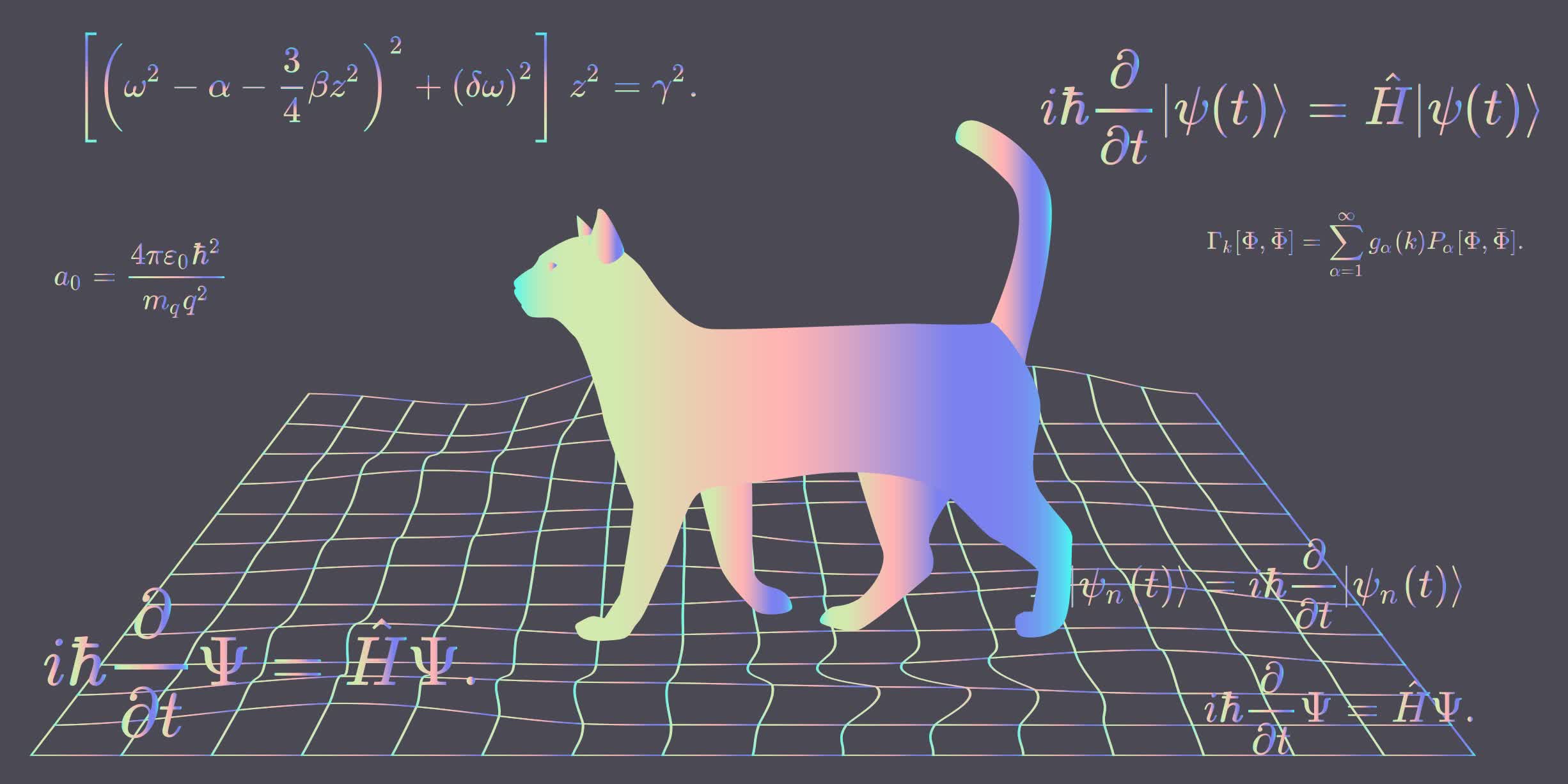
This quantum nature of particles is once more essentially mind-boggling to our classical computing mindset. Nevertheless, it truly works very properly from a mathematical perspective. If we take into account classical computations as operations beneath the legal guidelines of boolean algebra, then quantum computations function beneath the foundations of linear algebra. This provides a complete new degree of complexity within the design of quantum computer systems, but additionally will increase the expressiveness of elementary constructing blocks of the computer systems.
Quantum Decoherence
Entanglement and superposition might be considered the bodily phenomena which allow quantum processing. Alas, nature doesn’t make harnessing their energy trivial, on account of quantum decoherence.
In classical computer systems, we now have mastered the power to take care of cost in a transistor such that it stays at “0” or “1” through the period of a computation and maybe even past when storing knowledge in non-volatile reminiscence buildings. In a quantum system although, the qubit tends to interrupt down over time, or decohere. This makes it extraordinarily difficult to carry out computations within the quantum realm, not to mention making an attempt to manage a number of qubits that are additionally entangled with each other.
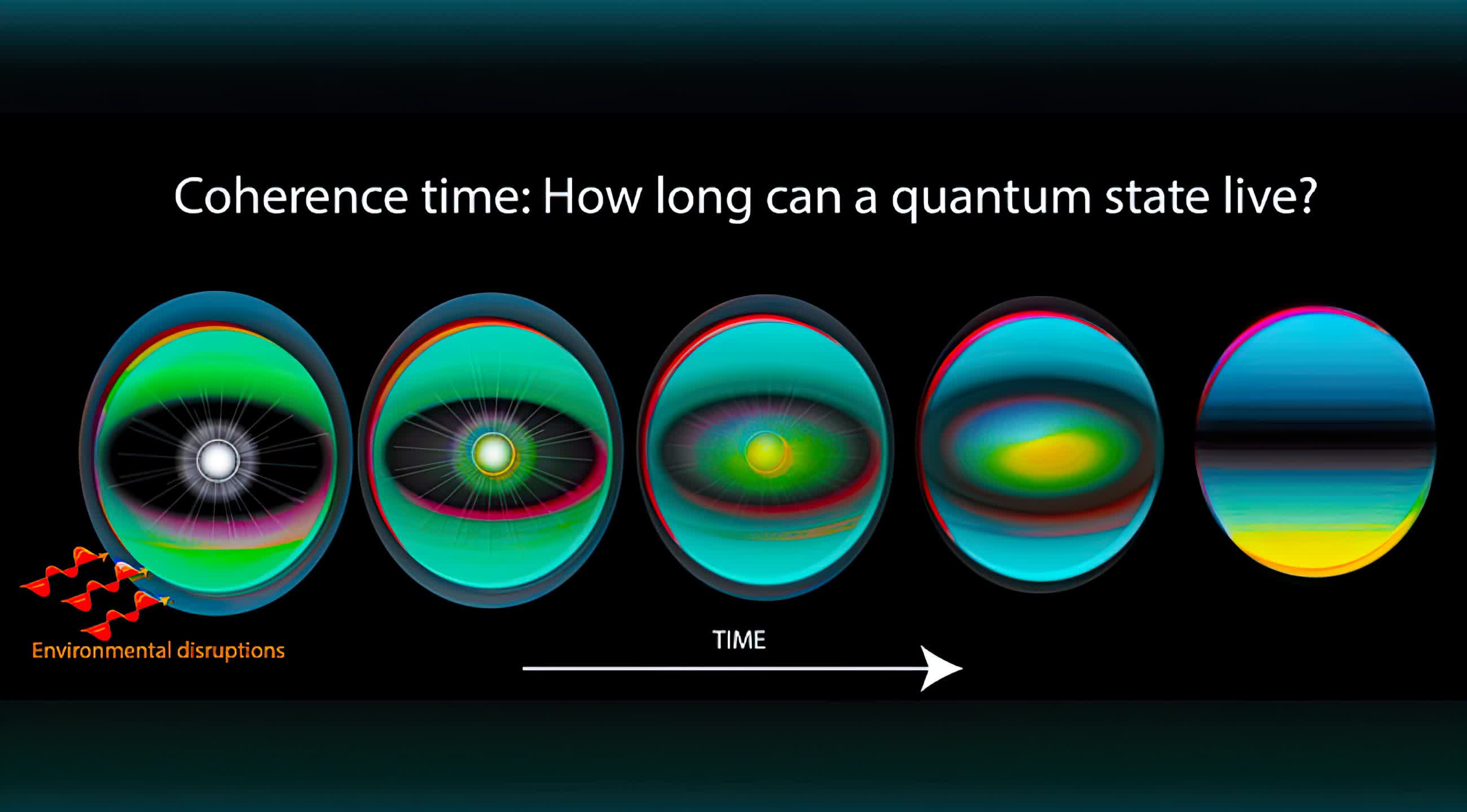
This difficulty goes again to the NISQ period (bear in mind, noisy intermediate-scale quantum) we’re presently dwelling via. Though we discover quantum computer systems touting tens of qubits of their system, only some (3-5) are literally getting used for helpful computations.
The remaining qubits are primarily there for error correction within the noisy surroundings we try to manage on the quantum degree. Present analysis is closely invested in making an attempt to correctly management quantum states regardless of particle-level noise, and this can be very difficult to take action.
Usefulness of Quantum Computer systems
Quantum physics has opened the door for a complete new world of potentialities. That stated, essentially understanding how quantum mechanics works and tips on how to management and harness it to design quantum computer systems is a special problem altogether.
Quantum physics in Polarized Glasses
However let’s assume for a minute that we now have the technological capabilities to completely management quantum particles for computations, and that noise just isn’t a problem. In such a world, what would quantum computing permit us to do this classical computer systems can not? Technically talking, what algorithms grant us quantum supremacy over their classical counterparts?
Shor’s Algorithm and Grover’s Algorithm
Essentially the most well-known quantum algorithms which have inspired heavy funding in quantum computing analysis are Shor’s Algorithm for integer factorization and Grover’s Algorithm for search.
Shor’s algorithm addresses the issue, “Given an integer quantity, discover all its prime components.” Integer factorization is on the coronary heart of many cryptographic features, significantly due to the computational complexity required to resolve it for giant numbers. The quantum algorithm is exponentially sooner than the most effective classical model, and it does so by leveraging the aforementioned properties of quantum entanglement and superposition. When it comes to actual world penalties, this may successfully break down the cryptographic safety we depend on nowadays for a lot of purposes (if quantum computer systems land within the fallacious palms).
Grover’s algorithm is equally superior to classical search algorithms. Whereas most classical algorithms must no less than “see” most objects throughout a search operation, Grover’s algorithm can achieve this by simply observing the sq. root of all objects to finish its search with very excessive chance. Since search is on the coronary heart of many algorithms, Grover’s Algorithm can drastically alter the panorama of scientific computations and speed up discoveries in lots of drawback domains.
For a mind-boggling instance of quantum supremacy, what if we might mix the facility of Shor’s Algorithm with Grover’s algorithm? If we need to crack an N-bit password, classical machines would want to strive all attainable combos of the password sequentially, till the proper one unlocks a system (therefore the cryptographic energy we presently get pleasure from). Nevertheless, in an N-qubit system, our quantum machine can theoretically discover all these combos concurrently (thanks, superposition!). Subsequently, we might use Grover’s algorithm to sift via all these combos (“shortly” is an understatement), and inform us with very excessive chance which sequence of bits will crack the password.
Quantum computing professional explains one idea in 5 ranges of issue
Breaking cryptographic features although just isn’t the one use-case of quantum computer systems (albeit extremely popularized). Utilizing quantum computer systems, we are able to additionally design much more safe communication channels. As Dr. Jian-Wei Pan has proven, we are able to exploit the property of entanglement to uncover if we’re being snooped on inside a quantum system. Since entangled particles should exhibit the identical conduct, an intercepted switch of information would inherently change one particle’s properties and break entanglement. Such expertise is already being explored to be used in banks and knowledge firms, to assist safe their infrastructure, and we are able to solely surmise how a “quantum web” might doubtlessly be designed.
These purposes and algorithms are nonetheless many years away from realization although, since such methods require many, dependable qubits to be applied. Proper now, scientists and researchers are targeted on near-term, NISQ algorithms, which may present quantum supremacy inside a loud system. Algorithms resembling Variational Quantum Eigensolvers (VQE) and Quantum Approximate Optimization Algorithm (QAOA) are main candidates for instance the near-term potential of quantum computing.
One speedy consequence of designing future quantum algorithms whereas nonetheless within the classical computing age is that researchers are discovering extra improved variations of classical algorithms. This essential suggestions loop will permit us to proceed growing trendy successes in science till large-scale quantum processors are designed and extensively out there.
Challenges for the Future
Quantum computing really is a cross-cutting area, which requires innovation throughout many dimensions. Wanting again on the early days of traditional computing, it took many iterations and explorations of the {hardware} expertise till business settled on the CMOS transistor because the defacto constructing block in built-in circuits. Equally, designing a qubit and quantum system (i.e., what atomic particles to make use of, tips on how to carry out quantum transformations for computation, and tips on how to measure the system) is an energetic space of analysis.
One other large problem of the post-NISQ period is noise mitigation. Quantum decoherence actually limits the excessive ceiling of quantum computing. Understanding tips on how to construct a dependable system in {hardware} and software program is harking back to the Sixties and Nineteen Seventies, when classical computing sources had been scarce and unreliable. Doing so on the quantum degree is a complete new problem.
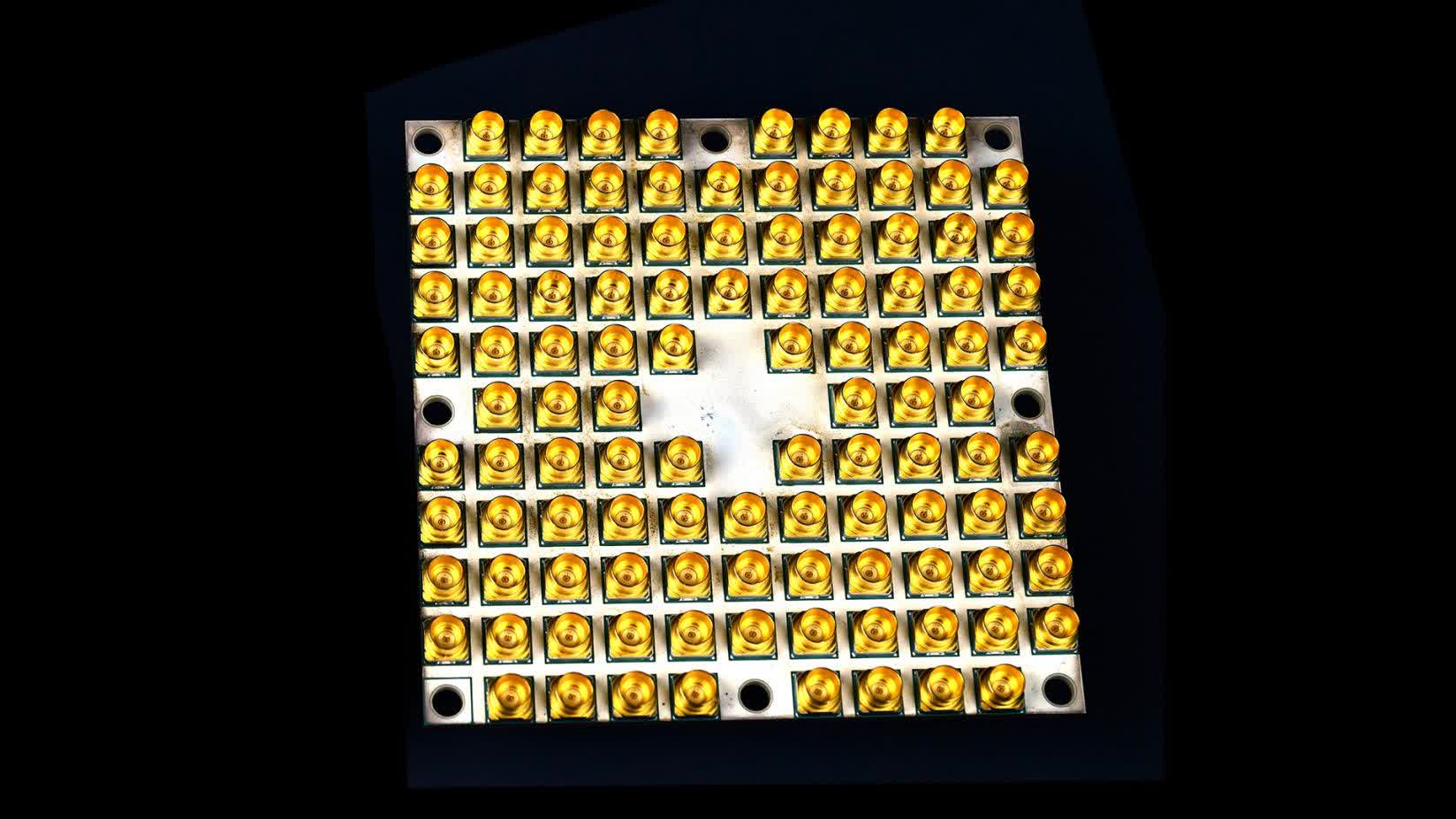
Constructing end-to-end methods resembling those we get pleasure from as we speak for computing, leisure, and scientific discovery is the final word success metric for quantum processing. How will we incorporate quantum processors inside our extremely developed computing environments? The place are the libraries, APIs, compilers and different system instruments which permit people to program the elemental bodily bits of nature?
And much more urgent: what are the potential purposes and penalties of quantum computer systems, and the way will that change the world we dwell in and the way we work together with it?
In Half 2 of our Quantum Computing Explainer, we’ll take a deep dive into the design of present quantum computing methods. With the fundamentals of quantum mechanics out of the best way, the subsequent step might be to take a stroll on tips on how to design quantum circuits, microarchitectures, and the programming environments of the NISQ period.
Supply By https://www.techspot.com/article/2280-what-is-quantum-computing/






